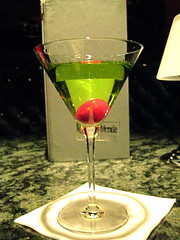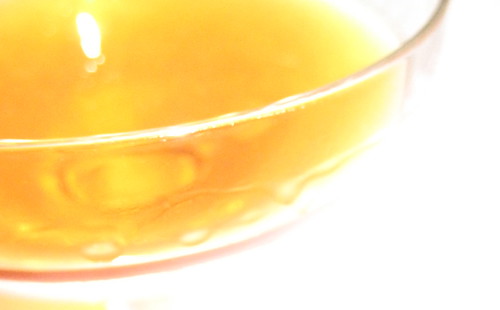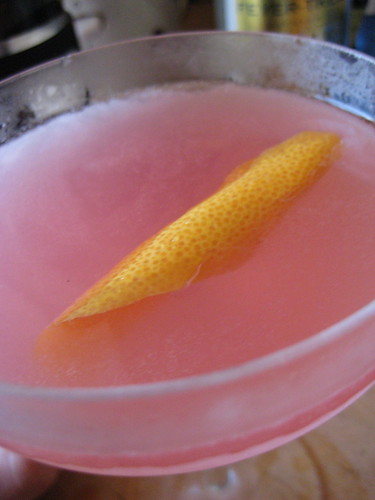Six: La Spirale

(Spiral Staircase by sjdunphy, licensed under Creative Commons.)
Vodka has been described as the most difficult spirit to use creatively. Possibly by me when I was lacking inspiration, but the point stands. After all, vodka comes off the still somewhere north of 95% ABV before being diluted to bottling strength which means that a 70cl bottle is going to contain roughly 60% water by volume and maybe 2% of things that aren't alcohol or water. That's not a lot of flavour to work with.
Think of a popular vodka cocktail - don't pick a vodka Martini, that's cheating - and then ask yourself, "what does this taste off?" The chances are that your answer won't be vodka. Compared to the classic gin, whiskey or rum drinks, vodka cocktails tend to leave their main ingredient in the background.
Then again, there are always flavoured vodkas. They certainly allow you to bring the base ingredient into focus, but that still won't emphasize a "vodka-ish" flavour. It's a tough beat, vodka.
...Yes, I am prepping ideas for a vodka-sponsored competition.

La Spirale
25ml Absolut Pears
25ml Teichenné Apple Schnapps
1 barspoon Campari
25ml pressed apple juice
1 dash egg white
Shake all the ingredients with ice and fine-strain into an ice-filled old-fashioned glass. Garnish with an apple fan.





